What is the Ford Power Stroke Engine?
The Ford Power Stroke engine is designed for optimal diesel performance. It is Ford’s answer to heavy-duty needs. Known for its reliability, it powers pickups, vans, and commercial vehicles.
The engine series is turbocharged and intercooled. This design boosts power and fuel efficiency. All Power Stroke engines are diesel-based, offering high torque levels. This makes them perfect for towing and hauling heavy loads.
Ford introduced the Power Stroke in 1994. It marked a shift to advanced diesel technology. Over time, enhancements improved both durability and efficiency.
Power Stroke engines showcase advanced engineering. They include features like direct injection and variable geometry turbochargers. These features ensure top-notch performance under heavy use.
The engine remains a favorite for Ford truck owners. It combines durability, power, and adaptability. Whether for work or recreation, it delivers unmatched performance.
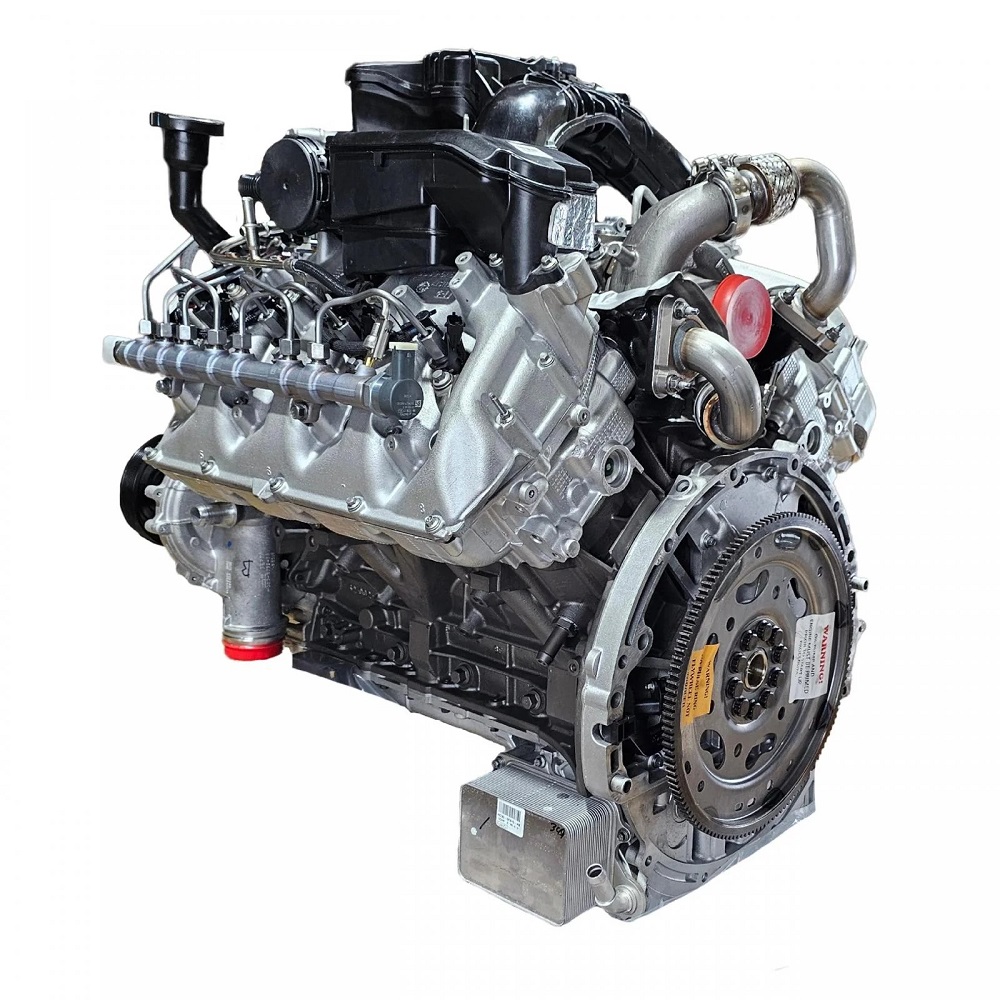
Evolution and History of the Power Stroke Engine
The Ford Power Stroke engine debuted in 1994, marking a new era in diesel technology. Its launch was part of Ford’s response to the growing demand for reliable diesel engines. Over the years, this engine series has undergone significant advancements to meet modern performance expectations.
Early Years (1994-2003)
The first Power Stroke engine, the 7.3L, set high standards for durability and power. It featured direct injection technology, which improved fuel economy and torque. This engine became a favorite for heavy-duty truck owners who valued performance and longevity.
Mid-Evolution (2003-2010)
In 2003, Ford introduced the 6.0L Power Stroke. This model brought innovations like variable geometry turbochargers and advanced emission controls. Despite its power and features, it faced reliability issues, leading to mixed reviews.
Modern Developments (2011-Present)
The transition to newer generations, such as the 6.7L Power Stroke in 2011, marked Ford’s return to in-house engine production. The 6.7L introduced advanced technologies like a compacted graphite iron block and dual boost turbochargers. These updates improved efficiency, power, and overall reliability.
The history of the Power Stroke engine reflects Ford’s ongoing efforts to improve diesel technology. Each generation builds on the last, offering better performance, efficiency, and durability. This evolution has cemented the Power Stroke’s reputation as a leader in diesel engines for trucks and commercial vehicles.
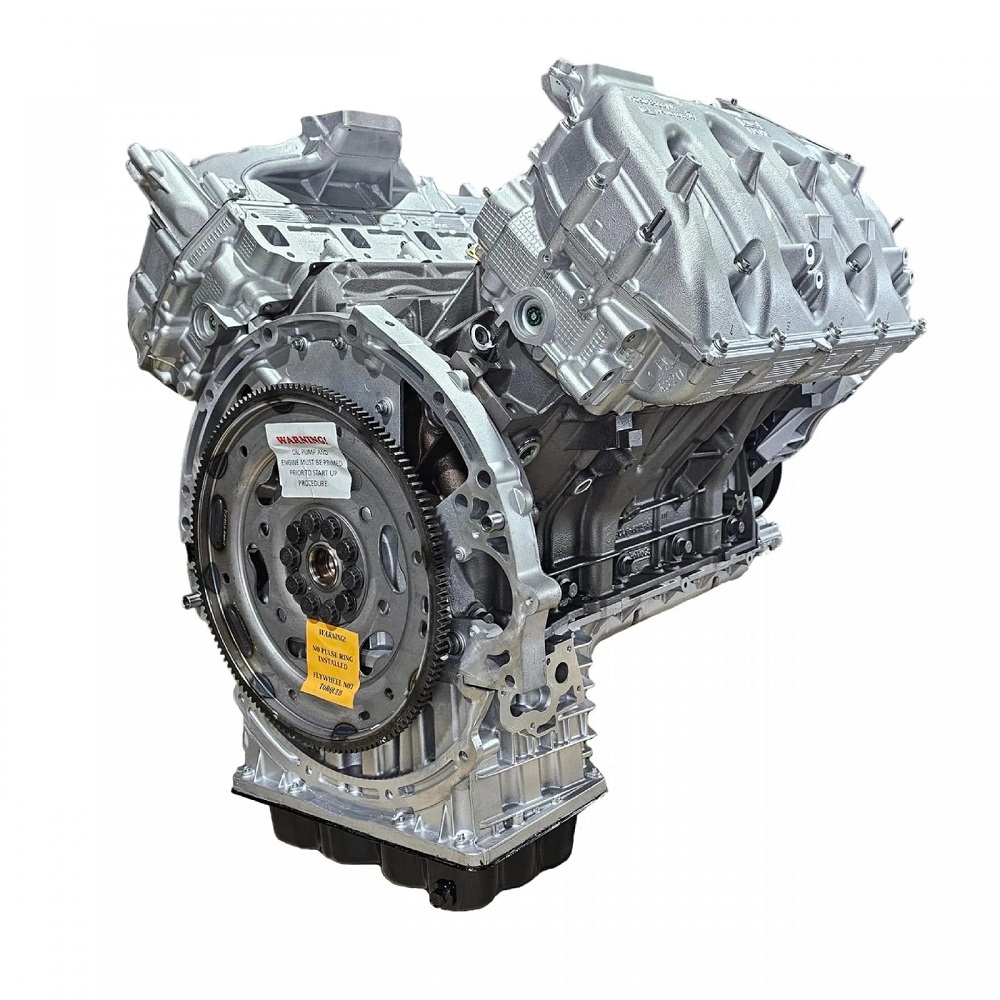
Key Features and Specifications of Power Stroke Engines
The Ford Power Stroke engine stands out for its innovative design and impressive features. It combines advanced technology with durability to deliver exceptional performance for diesel-powered vehicles.
Advanced Turbocharging and Intercooling
Power Stroke engines utilize turbocharging and intercooling systems. These features enhance engine efficiency and provide higher power output. Turbocharging boosts airflow while intercooling reduces air temperature for better combustion.
High Torque Output
One of the key aspects of the Ford Power Stroke engine is its high torque. High torque levels make it ideal for heavy-duty tasks like towing and hauling. This makes it a popular choice for work and commercial vehicles.
Direct Injection Technology
The engine’s direct injection system provides precise fuel delivery. This improves fuel efficiency and ensures optimal power. Direct injection also minimizes emissions, meeting environmental standards.
Variable Geometry Turbochargers
Variable geometry turbochargers offer flexibility in airflow management. They adjust to engine demands, boosting efficiency and performance. This feature is especially useful under heavy loads.
Strong Engine Materials
Power Stroke engines are built using high-quality materials like compacted graphite iron. This enhances durability and makes the engines resistant to wear and stress. Such materials ensure long-term reliability.
Emission Control Systems
Modern Power Stroke engines include advanced emission controls. These systems reduce pollutants, keeping the engines environmentally friendly. They meet strict government regulations for diesel emissions.
Multiple Displacement Options
The Power Stroke engine series comes in varied displacements like 6.0L, 6.4L, and 6.7L. These cater to different performance needs. Buyers can choose the right model based on their specific usage.
High Fuel Efficiency
Fuel economy is a priority for Power Stroke engines. Their design optimizes fuel consumption while maintaining high performance. This makes them cost-effective for frequent use.
Reliability in Heavy-Duty Use
Power Stroke engines are trusted for demanding tasks. They offer consistent, reliable power even in rough conditions. This makes them suitable for both recreational and commercial applications.
In summary, the Ford Power Stroke engine boasts exceptional features and specifications. From high torque and advanced turbocharging to emission controls, each detail focuses on top-tier performance and reliability.
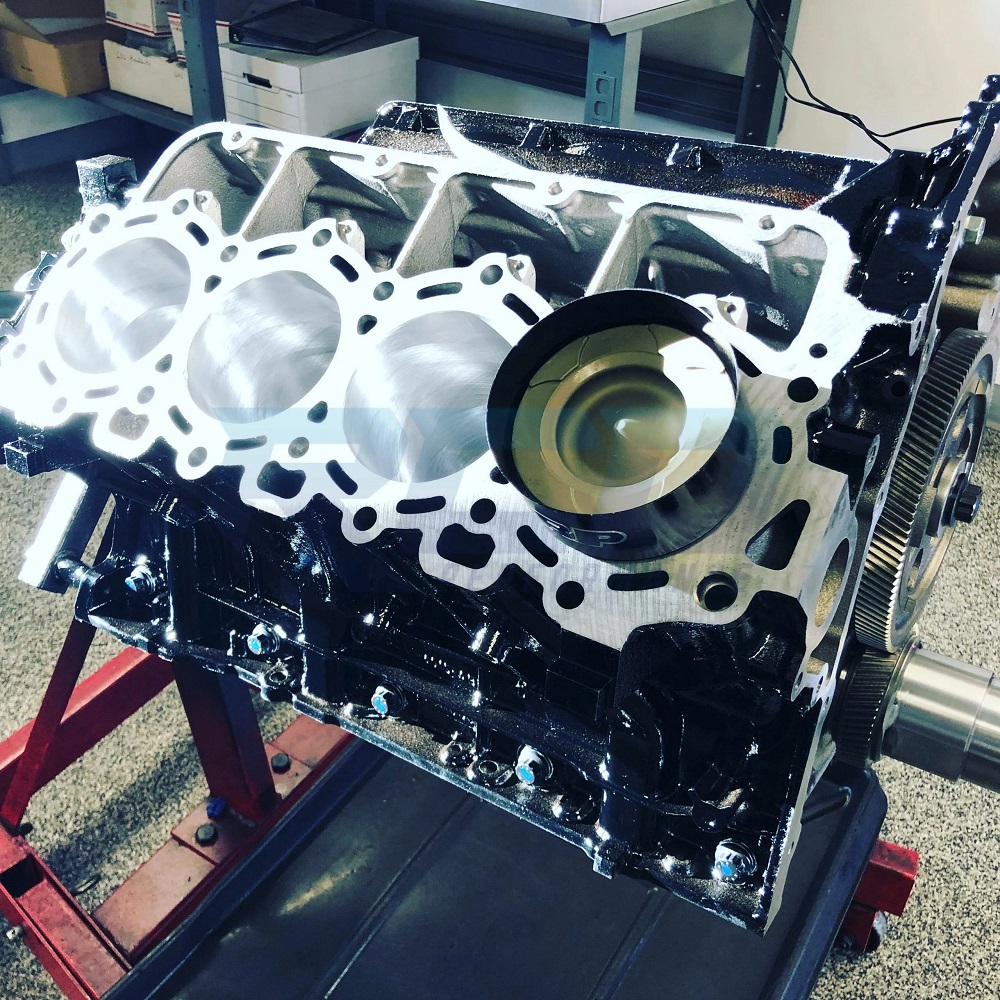
Different Generations of Power Stroke Engines
The Ford Power Stroke engine series has evolved with changing technology and performance needs. Each generation brought unique upgrades, addressing specific demands for efficiency, power, and reliability. Let’s explore how the different generations differ.
Comparing Each Generation
7.3L Power Stroke (1994-2003)
- First in the series, known for excellent durability and reliability.
- Featured direct injection technology for better fuel economy and torque.
- A favorite for those seeking long-lasting engines for heavy-duty use.
6.0L Power Stroke (2003-2007)
- Introduced innovative features like variable geometry turbochargers.
- Designed to meet stricter emission standards through advanced controls.
- Faced reliability challenges, requiring regular maintenance to avoid issues.
6.4L Power Stroke (2008-2010)
- Enhanced with twin turbochargers for improved power output.
- Utilized advanced cooling systems for better performance under stress.
- Experienced fuel efficiency limitations compared to earlier models.
6.7L Power Stroke (2011-Present)
- Represents Ford’s move to in-house engine production.
- Features high-strength materials like compacted graphite iron for added durability.
- Offers dual boost turbochargers, improving both power and efficiency.
- Known for cutting-edge technologies and better emission compliance.
Ford’s Power Stroke generations reflect advances in diesel engineering. They cater to different user requirements, balancing power, reliability, and environmental standards.
Common Applications of Power Stroke Engines in Ford Vehicles
The Ford Power Stroke engine is essential for a range of vehicle types. Designed for strength and durability, it adapts well to different heavy-duty applications. Ford includes this engine in pickups, vans, and commercial vehicles, making it a reliable choice.
Pickups and Heavy-Duty Trucks
Power Stroke engines are a popular option for Ford F-Series trucks. Models like the F-250 and F-350 benefit from this engine’s ability to tow and haul heavy loads. High torque output is ideal for work-related tasks and off-road challenges. This makes Ford Power Stroke engines a staple among truck enthusiasts.
Vans and Passenger Vehicles
Commercial vans like the Ford Transit often feature Power Stroke engines. These vans need reliable power for deliveries and business operations. The engine’s fuel efficiency ensures cost savings, crucial for businesses needing frequent use of their vehicles.
Recreational Vehicles
RVs and campers with Power Stroke engines offer drivers dependable long-distance performance. The torque makes towing large trailers effortless, while the engine’s efficiency keeps fuel costs manageable. Many RV owners prefer Power Stroke for its reliability and performance.
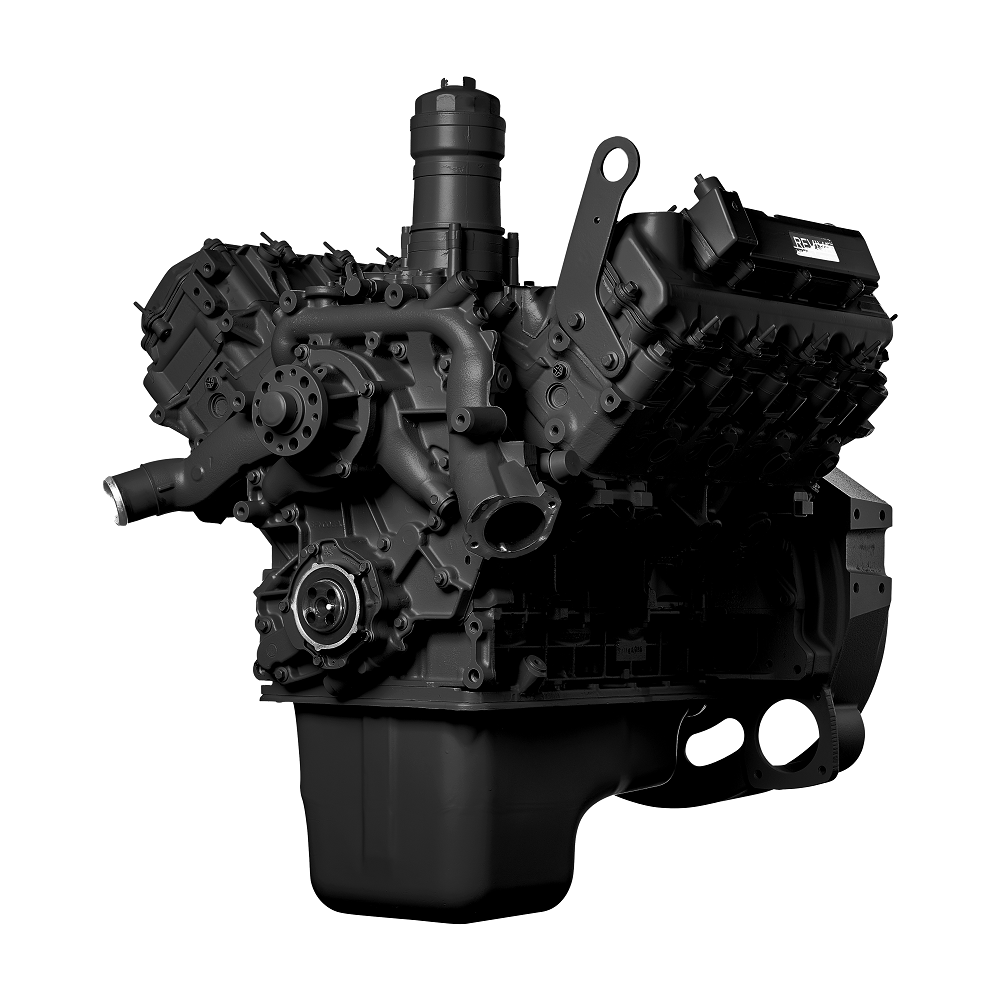
Commercial and Fleet Operations
Power Stroke engines power a variety of commercial vehicles, from delivery fleets to utility trucks. High durability and manageable maintenance costs appeal to operators. These engines handle demanding daily use without sacrificing efficiency.
Ford Power Stroke engines excel across these applications, combining reliability, efficiency, and power. Whether for work or leisure, they meet varied performance needs.
Advantages of Using a Power Stroke Engine
The Ford Power Stroke engine offers numerous advantages, making it a top choice for diesel vehicles. Its combination of power, reliability, and efficiency ensures outstanding performance in various applications. Here’s a closer look at its key benefits:
Exceptional Towing and Hauling Power
The Power Stroke engine delivers high torque, which is essential for heavy-duty tasks. Whether towing trailers or hauling heavy loads, it provides consistent, dependable power. This makes it a favorite for truck owners and commercial operators needing muscle.
High Durability and Longevity
Built with strong materials like compacted graphite iron, Power Stroke engines are highly durable. These materials minimize wear and stress, ensuring a longer engine life. With proper maintenance, these engines perform reliably for many years.
Superior Fuel Efficiency
Power Stroke engines are optimized for fuel economy without sacrificing power. This fuel efficiency lowers operational costs, especially for those driving long distances or using vehicles regularly.
Advanced Technology for Better Performance
The engine incorporates innovative technology like direct injection and variable geometry turbochargers. These features enhance efficiency, boost power output, and support smoother performance under diverse conditions.
Compliance with Emission Standards
Modern Power Stroke engines meet strict environmental regulations with advanced emission control systems. These systems reduce pollutants, aligning with government standards for diesel engines.
Versatile Applications
The Power Stroke engine suits various vehicles, from pickups and vans to commercial trucks. This versatility makes it ideal for both personal and business use, adapting to diverse performance needs.
Proven Reliability in Tough Conditions
Whether navigating rough terrain or handling extreme loads, Power Stroke engines perform consistently. Their proven reliability makes them a trusted choice for demanding work or recreation activities.
In summary, the Ford Power Stroke engine offers unmatched durability, performance, and versatility. Its powerful design ensures it meets the challenges of various heavy-duty applications with ease.
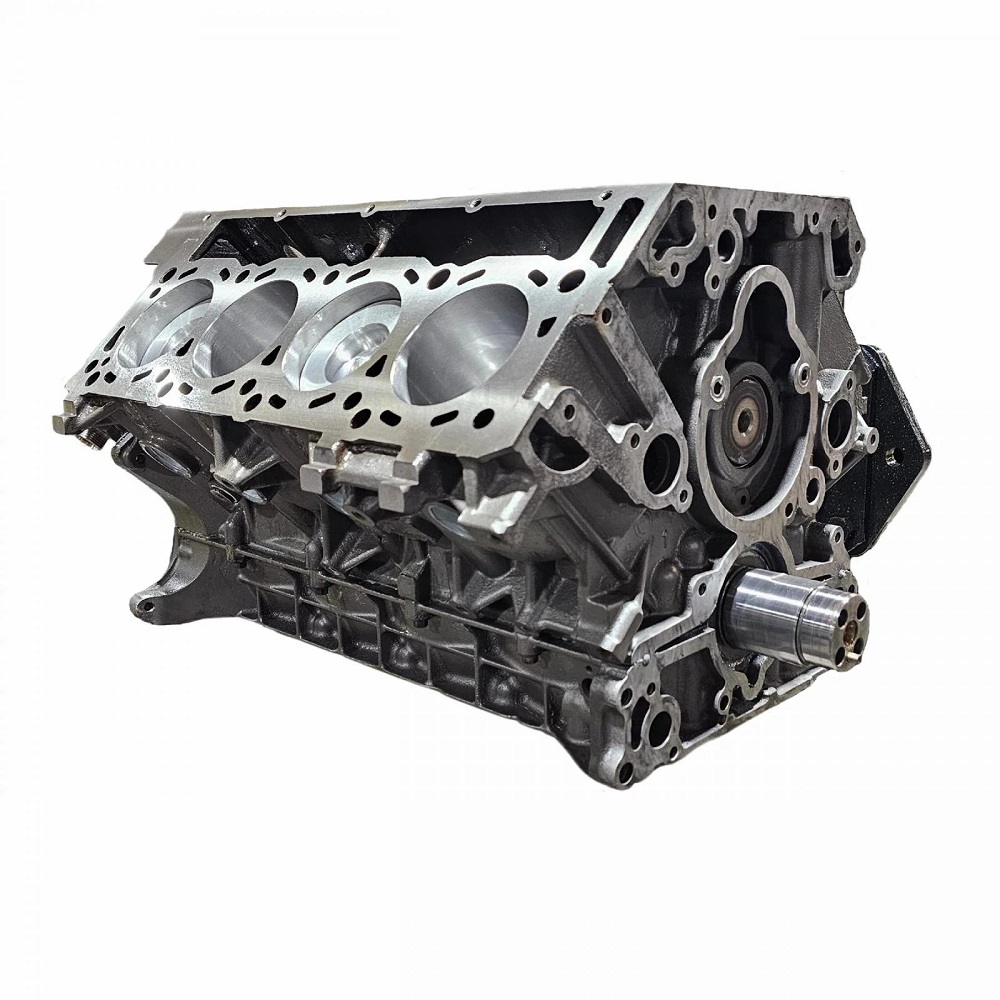
Common Issues and Maintenance Tips for Power Stroke Engines
Ford Power Stroke engines are reliable, but like any machinery, they can face issues over time. Regular maintenance can prevent many problems and ensure consistent performance. Below are some common issues and corresponding maintenance tips for Power Stroke engines:
Common Issues
- Injector Failures
- Diesel injectors can fail due to debris or fuel contamination. This leads to poor fuel combustion, reduced power, and increased emissions.
- High-Pressure Oil Pump (HPOP) Problems
- The HPOP powers the injectors, and faults can affect starting and performance. Leaks or wear commonly cause these problems.
- Turbocharger Wear
- Turbochargers can lose efficiency over time. Carbon buildup or bearing wear results in reduced boost and power output.
- Excessive Smoke Emissions
- Black or white smoke may indicate incomplete combustion or coolant leakage. Faulty injectors or turbocharger failures are often to blame.
- Cooling System Issues
- Overheating or leaks in the radiator or EGR cooler can damage the engine. These issues require immediate attention to avoid serious problems.
- Electrical Problems
- Faulty sensors or wiring can lead to errors in the engine control module. This impacts overall performance and diagnostics.
Maintenance Tips
- Fuel Quality Matters
- Always use high-quality diesel fuel. Clean fuel prevents injector and fuel pump issues.
- Regular Oil Changes
- Replace engine oil as per schedule to maintain proper lubrication. Use oil recommended for diesel engines.
- Inspect the Turbocharger
- Check the turbo regularly for debris, carbon buildup, and wear. This ensures peak performance.
- Monitor Coolant Levels
- Check the coolant system for leaks routinely. Refill using manufacturer-specified coolant types.
- Address Check Engine Lights Promptly
- A check engine light often indicates trouble. Use diagnostics to find and address the root cause.
- Maintain Air and Fuel Filters
- Replace air and fuel filters regularly to prevent debris from damaging the engine and injectors.
- Battery Care
- Inspect batteries and charging systems periodically. Faulty electrical components can cause engine failures.
- Keep Up with Manufacturer Recommendations
- Follow Ford’s maintenance intervals and technical service bulletins for specific models.
Regular care and attention can save Power Stroke owners time and money. Addressing minor issues early helps prevent expensive repairs later.
Upgrades and Performance Enhancements for Power Stroke Engines
Enhancing the performance of a Ford Power Stroke engine is a priority for many owners. Upgrades can maximize power, efficiency, and reliability. Whether for heavy towing or better fuel economy, these enhancements make a difference.
Upgraded Turbochargers
Replacing the stock turbocharger with a high-performance model boosts power. High-flow turbochargers improve airflow, resulting in quicker throttle response and increased horsepower. For those relying on the engine for towing, this upgrade ensures smoother performance under heavy loads.
Enhanced Fuel Injectors
High-performance injectors provide better fuel atomization and delivery. This leads to improved combustion and power. Enhanced injectors also reduce fuel consumption, making them ideal for long-distance driving and heavy-duty applications.
Performance Tuners and Programmers
Tuners let you adjust the engine’s software for specific needs. They enhance horsepower, torque, and overall efficiency. Performance programmers are especially useful for customizing towing or fuel-saving modes.
Upgraded Exhaust Systems
High-flow exhaust systems improve engine airflow by reducing backpressure. This upgrade enhances horsepower and keeps engine temperatures lower. It also contributes to better fuel efficiency and reduces strain on the turbocharger.
Cold Air Intakes
Cold air intake systems replace restrictive factory air filters with high-flow versions. They allow cooler, denser air into the engine, boosting combustion and power. This simple upgrade also improves throttle responsiveness.
Heavy-Duty Radiators and Intercoolers
Upgrading the radiator and intercooler enhances cooling efficiency. These improvements prevent overheating under heavy workloads. They are critical for durability, especially in hot climates or towing conditions.
High-Quality Engine Tuning
Custom tuning optimizes the engine for specific uses. It balances torque, horsepower, and fuel efficiency. Professional tuning can align your engine’s performance with your driving habits.
Robust Engine Hardware
Reinforced pistons, rods, and bearings increase engine durability. This makes the engine more reliable under stress. These components are vital for owners pushing the engine’s limits.
Advanced Emission Systems
Upgraded emission systems improve compliance with regulations while maintaining performance. They ensure better long-term reliability and keep exhaust emissions minimal.
Performance Aftermarket Add-Ons
Accessories like dual-fuel systems or water-methanol injection kits further enhance performance. They improve fuel efficiency and maintain optimal engine temperatures, protecting critical components.
Investing in the right upgrades can elevate the Ford Power Stroke engine’s capabilities. These modifications improve power, efficiency, and reliability, ensuring long-lasting performance for any application.
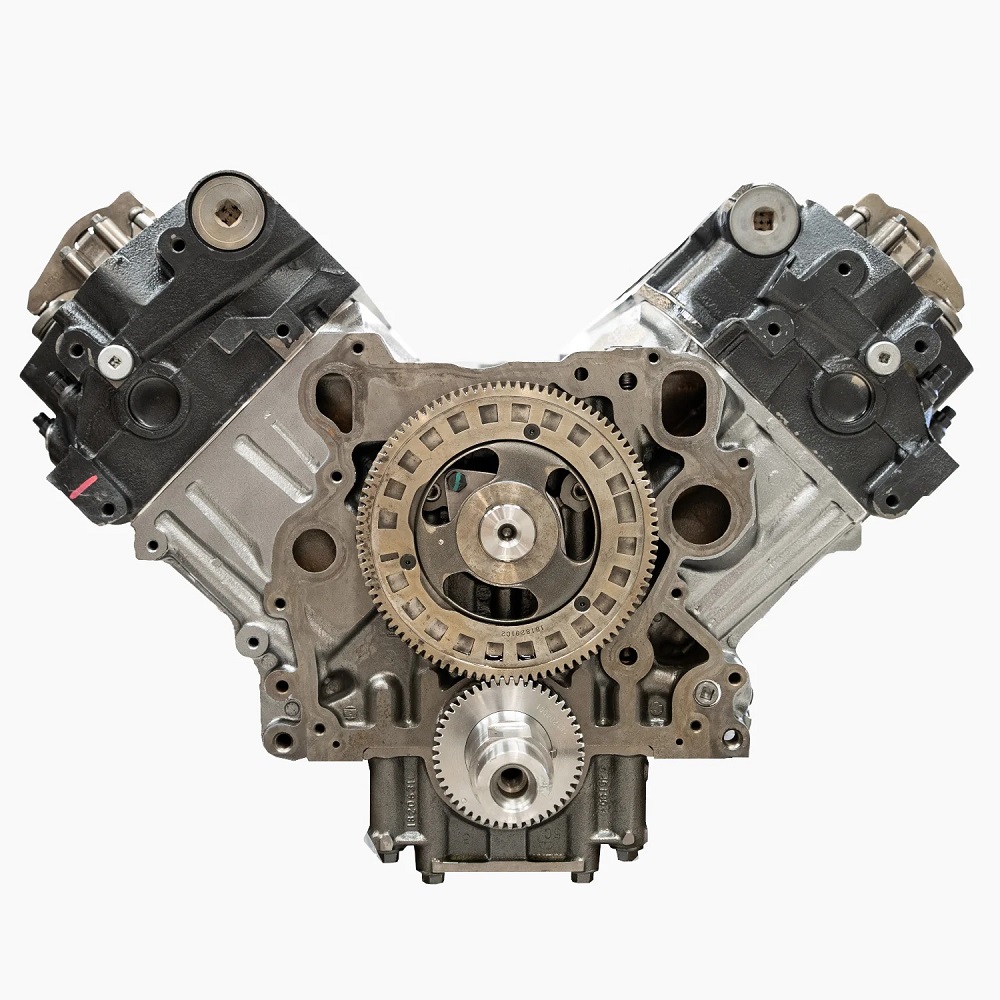
Leave a Reply